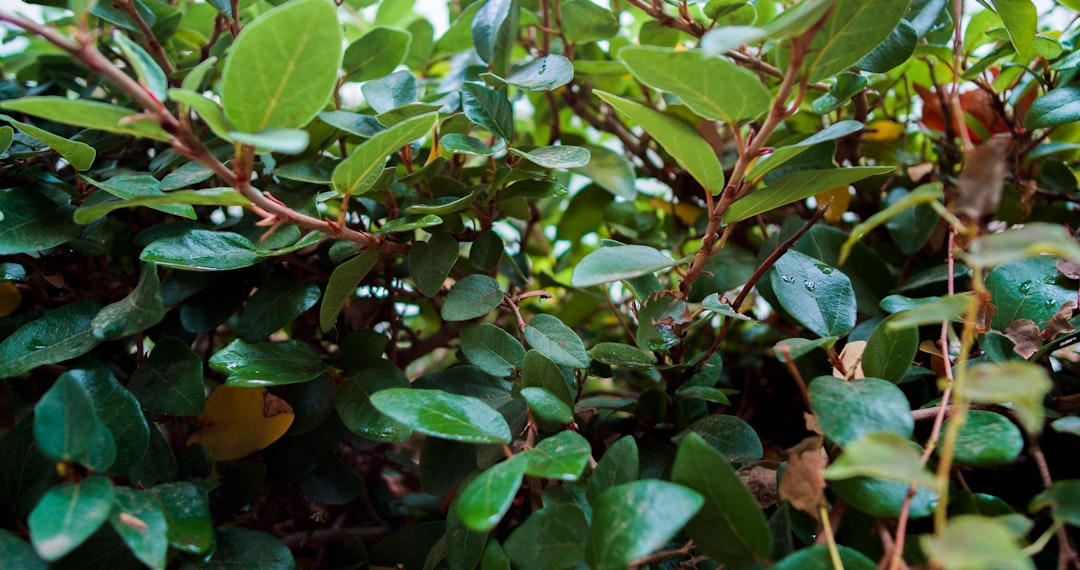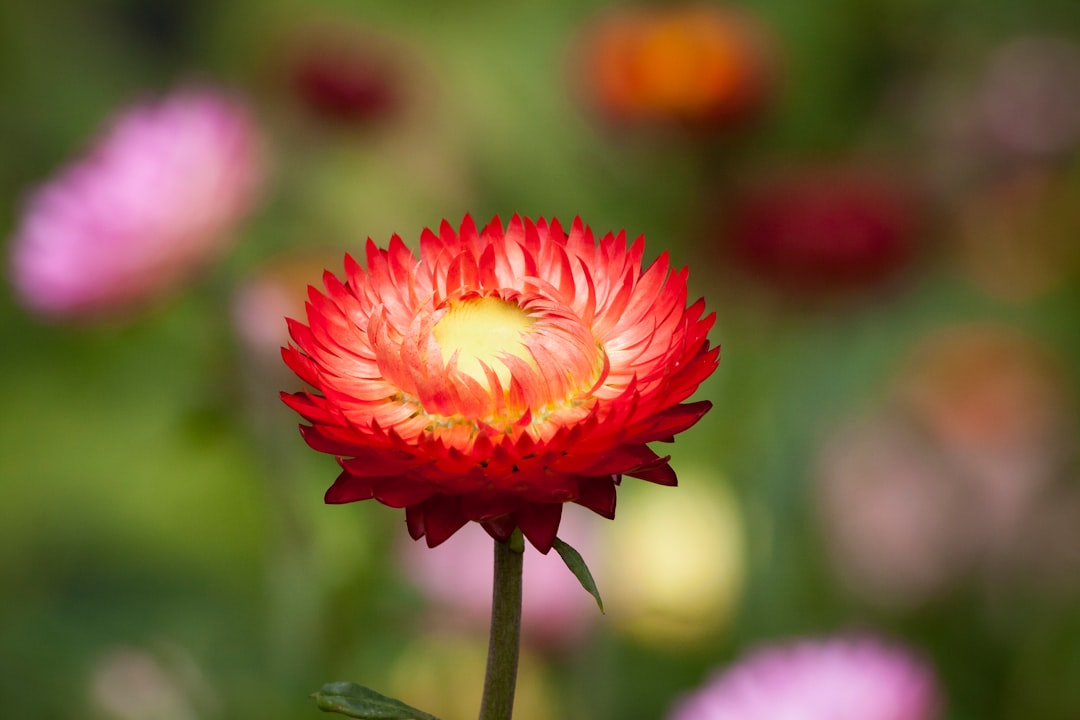Edible gardening has become a popular pastime for many, offering the joy of growing your own food and the satisfaction of a bountiful harvest. Among the various fruits you can grow, Pink Lemonade blueberries stand out as a unique and delicious option. These berries not only have a distinct and delightful taste but also come packed with healthy antioxidants, making them a great addition to any edible garden.
### Understanding Pink Lemonade Blueberries
Pink Lemonade blueberries are a relatively new variety in the world of gardening. Unlike traditional blueberries, which are known for their deep blue - purple hue, Pink Lemonade blueberries start off as a pale pink color and gradually turn a deeper shade as they ripen. Their flavor is often described as a sweet and tangy blend, reminiscent of pink lemonade, hence the name.
One of the key benefits of these berries is their high antioxidant content. Antioxidants play a crucial role in our bodies by helping to neutralize free radicals, which can cause damage to cells and contribute to various health problems. By growing and consuming Pink Lemonade blueberries, you can enjoy a tasty treat while also boosting your overall health.
### Getting Started with Growing Pink Lemonade Blueberries
#### Choosing the Right Location
Like most blueberries, Pink Lemonade blueberries thrive in full sun. They need at least 6 - 8 hours of direct sunlight per day to produce a good crop. When selecting a location in your garden, make sure it is well - drained. Blueberries do not like to have their roots sitting in water, as this can lead to root rot. A slightly elevated area or a spot with good natural drainage is ideal.
#### Soil Preparation
Blueberries prefer acidic soil with a pH level between 4.5 and 5.5. Before planting your Pink Lemonade blueberries, it's important to test your soil's pH. You can purchase a soil testing kit at your local garden center. If your soil is too alkaline, you can lower the pH by adding elemental sulfur or an acidic fertilizer. Incorporate organic matter such as peat moss, pine needles, or compost into the soil to improve its texture and fertility.
#### Planting
You can purchase Pink Lemonade blueberry plants from a reputable nursery. When planting, dig a hole that is twice as wide and just as deep as the root ball of the plant. Gently remove the plant from its container and place it in the hole. Backfill the hole with the amended soil, making sure the plant is at the same level as it was in the container. Water the plant thoroughly after planting to settle the soil around the roots.
### Caring for Pink Lemonade Blueberries
#### Watering
Blueberries have shallow roots, so they need consistent moisture. Water your Pink Lemonade blueberries regularly, especially during dry periods. Aim to keep the soil evenly moist but not waterlogged. A layer of mulch around the base of the plant can help retain moisture and suppress weeds.
#### Fertilizing
Use a fertilizer specifically formulated for acid - loving plants. Apply the fertilizer in early spring before new growth begins and again in late spring. Follow the instructions on the fertilizer package for the correct application rate. Over - fertilizing can damage the plants, so it's important not to exceed the recommended amount.
#### Pruning
Pruning is an important part of blueberry care. Prune your Pink Lemonade blueberries in late winter or early spring while the plants are still dormant. Remove any dead, damaged, or diseased branches. Also, thin out any crowded branches to improve air circulation and sunlight penetration. This will help prevent diseases and promote better fruit production.
### Harvesting Pink Lemonade Blueberries
Pink Lemonade blueberries typically ripen in mid - to late summer. The berries are ready to harvest when they have reached their full color and are easily pulled from the stem. Gently pick the berries by hand, being careful not to damage the plant. You can enjoy the fresh berries right off the bush, or use them in a variety of recipes such as pies, jams, and smoothies.
In conclusion, growing Pink Lemonade blueberries is a rewarding experience. With a little knowledge and care, you can have a thriving blueberry patch in your own backyard, providing you with delicious and healthy fruit for years to come. So, roll up your sleeves and start your edible gardening adventure with these unique and wonderful berries.




















